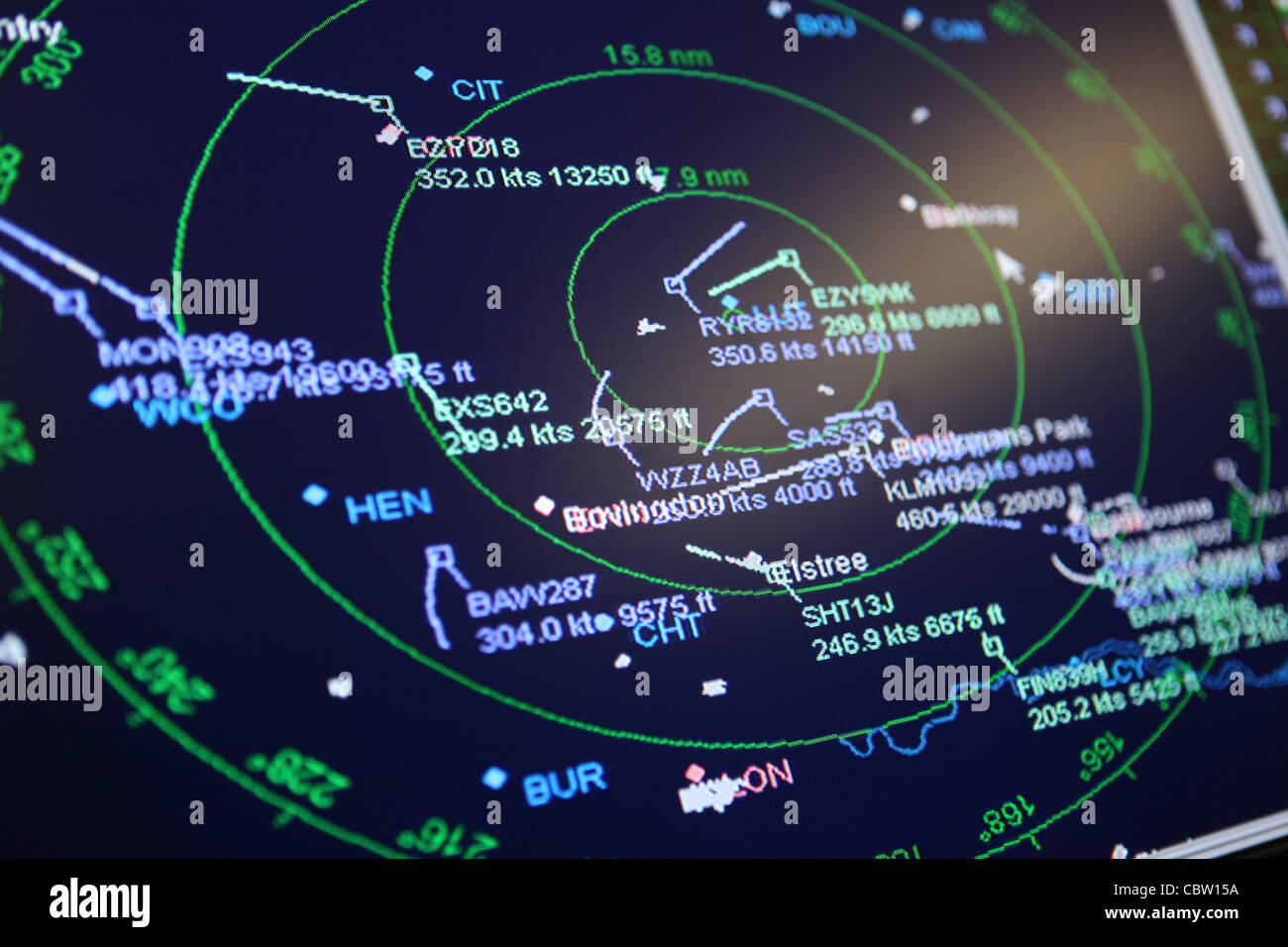

Initially, these aircraft surveillance radars had no automatic tracking capability. Accordingly, the coverage of air traffic radar surveillance grew throughout the 1960s as long-range radars were deployed along important air routes.

As air traffic continued to grow it also became important to track planes in high-altitude airspace. Thus, as ILS replaced the GCA scanning pencil beams, improved rotating radars with faster scan rates and larger coverage areas also replaced the GCA terminal area surveillance radars. While it’s crucial that planes land safely, it is equally important that they be safe during flight. ILS uses similar course guidance principles, but uses receivers in aircraft that display course deviation directly to the cockpit. By the mid-1950s, however, GCA landing guidance components were being replaced by a new landing aid called the Instrument Landing System (ILS). GCA experienced occasional problems, but it worked well enough so that by 1952 it was being used at many airports. This radar used a “fan” beam (narrow in azimuth and tall in elevation) that detected planes out to about 20 miles from the airport and up to altitudes of about 3000 meters (10,000 feet).Ĭivil controllers first used military GCA equipment at LaGuardia Airport in 1945, where it helped triple the landing rate to 15 planes per hour. GCA also included a 360-degree rotating radar for surveillance of the entire terminal area.

A controller observed the precise angle returns from these azimuth and elevation radars and radioed landing guidance to the pilot. GCA employed a pair of oscillating radar antennas with narrow “pencil beams,” one scanning side to side (azimuth), the other up and down (elevation). In 1943 U.S Air Force air traffic controllers began routinely using Ground Controlled Approach (GCA) equipment to help military pilots land safely in poor visibility. The one on the bottom is used for primary radar surveillance. The antenna on top is used for interrogating transponders (secondary surveillance). The terminal area surveillance radars that replaced the Ground Control Approach (GCA) rotating-antenna radars.


 0 kommentar(er)
0 kommentar(er)
